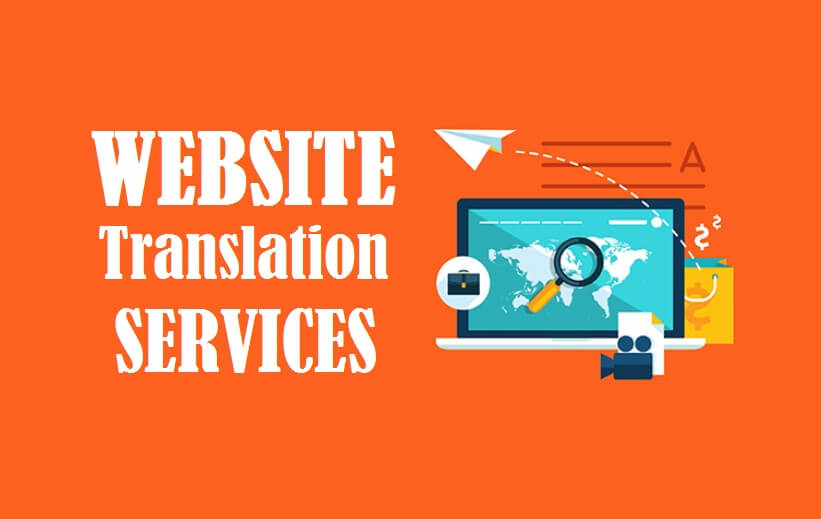The words Localization and Translation are used by many as synonyms. There is a difference between these two words which most people somewhat forget. The ignorance is increasing. The marketers, as well as business owners, ignore this difference very often. And use these interchangeably when working on the process.
The process for both- Localization and translation have some similarities but they are not exactly the same process. It is evident that all business owners know the difference between these two.
Knowing the two words will help business penetrate the foreign market with better efficiency and will be more likely to generate profits.
Website translation:
Translation of the website content is the process of word-to-word translation of the website content into another language. The translators replace the original with the desired language.
Web localization:
This is a much more specific process where we adapt and adjust the digital content. This is usually according to the taste of a specific target market. It is not a simple word-to-word translation.
Localization aims at changing different elements of the website like currency, time, colors, etc in order to make it much more suitable for the target audience.
Localization is a bigger and more specific process that works over and above word-to-word translations. Even with highly skilled translators, the content might lack some technical and cultural specifications which will appeal to the target audience. The experience is enhanced when the content is localized.
It is a process that ensures that the users have a real experience of the web content compared to the word-to-word translation. It is likely that the visitors might feel a little disconnection from the content even when the visitors are able to read it all in their own local language.
The expectation from the visitors varies from region to region and hence it is significant that the business opts for an optimization strategy using localization compared to just translation.
The expectations have two categories for better understanding:
- Cultural
Colors, images, shapes
Symbols, traditions, humor
Political, religious, and economic sensitivity
- Functional aspects
Measurements
Descriptions and feedback
Contact information, currency, and dates
The Terms “Localization” and “Translation” Are Not the Same
In today’s globalized world, translation alone may not be sufficient to reach your target market. To fit in with local beliefs and traditions, you’ll need to localize. Before they buy, people need to understand and identify with your message.
You must tailor your marketing to meet local expectations in order to increase engagement. This way, you’ll get the most out of your investment and increase your chances of increasing sales and expanding your company globally. If you have any questions, please don’t hesitate to contact us. We can help you win over local audiences as experts in localization for software, websites, and video games.



